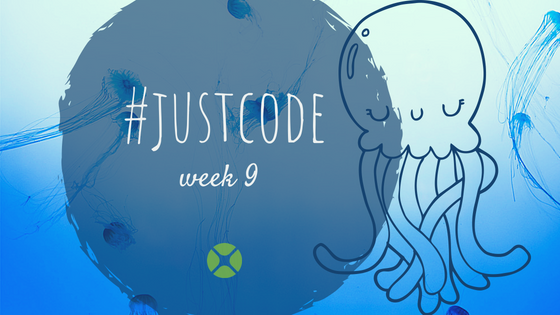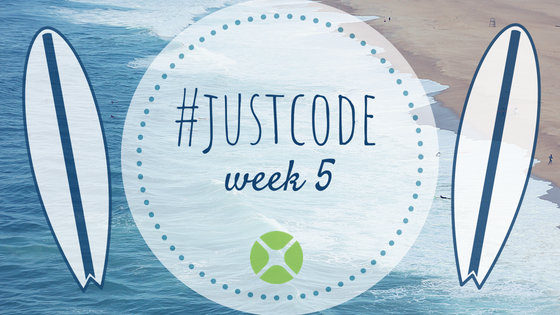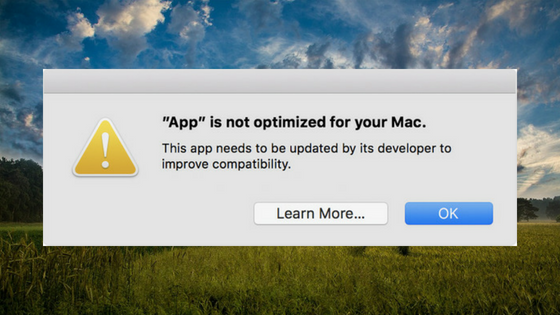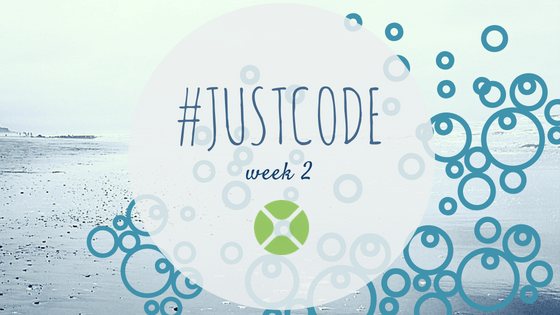For #JustCode week 11, I’ve finished a project I’ve been working on for several months. This project is a simple app that you can use to write and run your own scripts using Xojo code on the Raspberry Pi. I call it Xojo Dojo.
Comments closedCategory: Cross-Platform
We’re wrapping up week 9 of #JustCode with a web app that demonstrates a web service, JSON and SQLite. The web app functions as both an app with a UI and a web service. It lets you enter your own quotes which are saved in a SQLite database. The web service randomly fetches a quote and returns it as JSON.
Comments closedXojo 2018 Release 2 brings several improvements to iOS features such as iOSTable, iOSView and more.
Comments closedFollow this tutorial to learn how to create active (clickable) words in a text of a TextArea control using the OOP Delegate design pattern, which allows you to dynamically change how your app will react when the user clicks on any of these active words. Best of all, this is cross-platform, so you can use it for macOS, Windows and Linux deployments!
Comments closedStarting with Xojo 2017r2, Linux apps use GTK3. Since Xojo uses native controls that means your app’s controls will use the theme of the Linux distribution the app runs on. This can sometimes mean that your app’s UI will not look exactly like what you designed in the Layout Editor because a theme may dramatically change control sizes and padding. This is a problem that can occur with any modern GTK3 app.
If this is a problem for your apps, there are a couple ways you can work around it.
Comments closedFor week five of the Just Code Challenge, I made a web app. My wife is a middle school math teacher and sometimes she needs to give the kids quizzes to help them with their math skills.
Comments closedSometimes the idea for a great little app comes down to solving a silly little problem.
Last month, the family went mini-golfing for my son’s birthday. It was a lovely course called Pirate’s Cove Adventure Golf right next to the ocean. But they didn’t have scoring stands and we had to use a tiny pencil on a little cardboard scorecard to keep score. So this week’s app is a simple iOS app track of mini-golf scores!
The iOS app has two screens. The main screen has a giant Table that lists all the 18 holes. You tab on the detail button for a row (it’s the “I” icon) to go to the scoring screen.
Comments closedIn the Mac world, 32-bit apps have been disappearing more and more as time goes on. This year already we’ve seen significant steps toward 64-bit.
In January 2018 Apple stopped accepting 32-bit app submissions to the Mac App Store.
In February 2018, starting with macOS 10.13.4, Apple added a warning that displays the first time you launch a 32-bit app.
In June 2018 Apple stopped accepting updates to 32-bit apps in the Mac App Store. All new apps and app updates must now be 64-bit.
At WWDC 2018 Apple announced that macOS 10.14 will be the final version that support 32-bit apps. Although they did not announce a release date, based on the timing from the past few years macOS 10.14 will probably be released around the end of September 2018.
Comments closedIn week 2 of the Just Code challenge I took inspiration from a feature in 1Password that can generate a password suggestion. This desktop app allows you to specify a desired password length and the number of digits and symbols to include in it.
Comments closedIn an ideal world there is a person responsible for every step in software development, from coding, UI design, distribution, documentation, marketing and support. All of this can seem really overwhelming for independent developers and small businesses. But if you break it down and take it one piece at a time, it’s manageable by even the smallest team of one. Right now, let’s look at software distribution.
For software, distribution usually means generating and validating unique serial numbers for each of your products and users. Serial numbers (or license keys) help you manage your users, unlock a free trial or demo version for full use and, of course, minimize illegal use of your apps.
Comments closed





